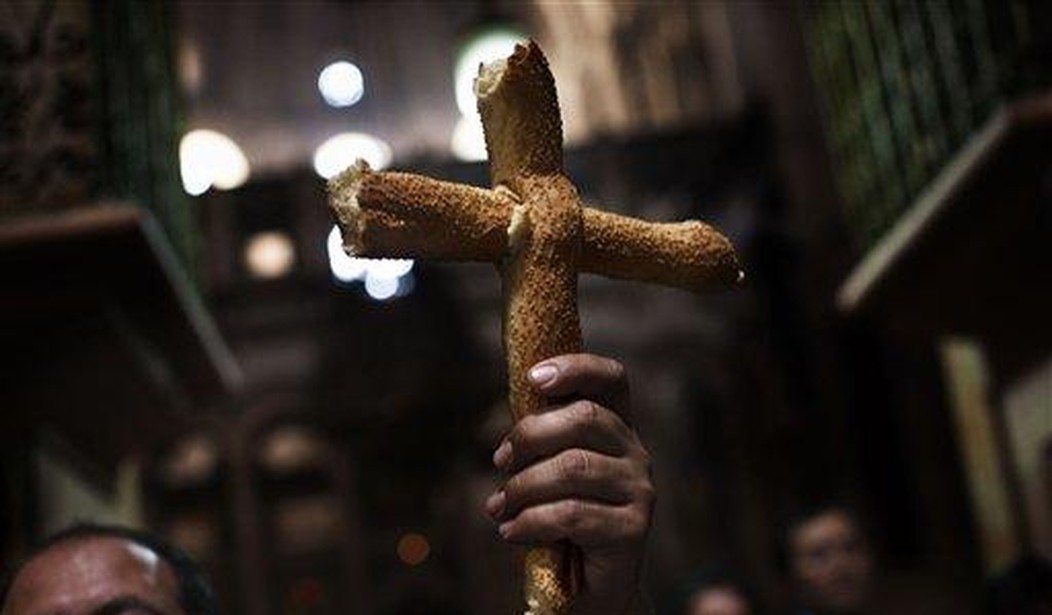Hispanic Catholics living in the American Southwest have become the area’s largest religious group, outnumbering white evangelicals for the first time in history, according to a new survey.
According to the Public Religion Research Institute’s annual American Values Atlas, Hispanic Catholics accounted for over 20 percent of people with a religious affiliation in California, New Mexico, and Texas in 2022, eclipsing both white evangelicals and white mainline protestants.
Compared to the 10 percent of white evangelicals in Arizona, Hispanic Catholics constituted a larger proportion at 12 percent, but a slightly smaller portion than white mainline Protestants, who represent 13 percent.
Generally, evangelical Protestants tend to be less structured and more conservative than most mainline Protestants, who exhibit a formal hierarchy and generally hold more progressive political views. The rise in Hispanic Catholics comes despite a general decline in religious adherence across the United States, as well as an increasing number of Latinos who are converting to evangelical denominations.
Between 2013 and 2022, the population of Hispanic evangelicals in Texas saw an increase of almost 30 percent, whereas the proportion of Hispanic evangelicals in New Mexico reduced by 50 percent over the same duration. The percentage of non-religious U.S. Hispanics also rose in the past 12 years, according to data from the Pew Research Center, with around a quarter identifying as atheist or agnostic.
However, Hispanic Catholics have failed to turn their increasing population into substantial political power. A large portion of them are under 18 and are living in the country illegally. The exception to this rule is New Mexico, where despite comprising 23 percent of the population, Hispanic Catholics control almost all statewide offices, as well as the majority of the state’s congressional delegation.
Five Hispanic Catholics are currently serving in the U.S. Senate, a historic high. Currently, Michelle Lujan Grisham of New Mexico is the only Hispanic Catholic governor in the nation, while Arizona and California have each had one in their history. Texas has had none.
The growing number of Hispanic Catholics represents a challenge for both political parties. Although Hispanics have traditionally leaned Democrat, many are turning toward the Republicans over their growing disdain for the aggressive form of progressivism advocated by the left. Even today, many Hispanic Catholics who vote Democrat do not share the party’s position on abortion, LGBT rights, and other social issues.
As a result, the GOP has made significant inroads within the Hispanic electorate, with the election to Congress of candidates such as Reps. Monica De La Cruz (R-TX) and Juan Ciscomani (R-AZ).
“Both parties heavily pursued Hispanic voters, blowing past old records on Spanish-language ad buys and holding more frequent events courting Latino voters,” Politico reported in their post-election coverage. “After those campaign efforts, Hispanics saw the second-biggest shift among voters of color, with Democrats’ overall margins dropping 9 points since 2018 — and 21 points specifically among Latino men. Compared to 2020, the Democratic margin among Latinos decreased by 5 points.”
However, some Republican leaders saw the outcome as disappointing after polls in the run-up to the midterms indicated that Hispanic voters were almost evenly split between the two main political parties. Despite making inroads, Hispanics still favor the Democratic Party, largely as a result of their support for open borders and liberal immigration policy.














Join the conversation as a VIP Member